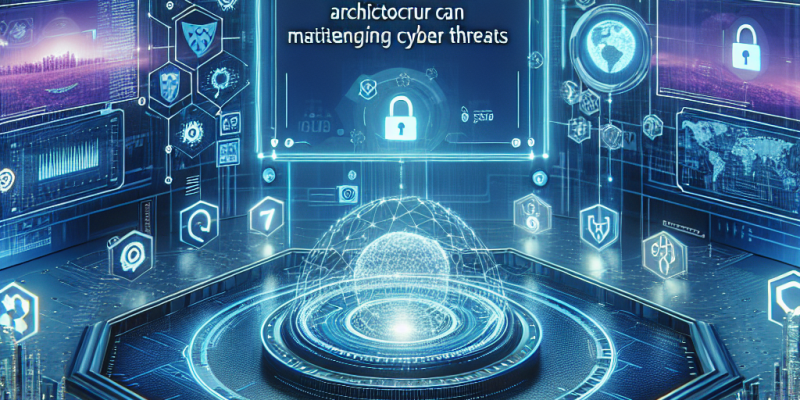2025 Vision: How Zero Trust Architecture Can Mitigate Emerging Cyber Threats

2025 Vision: How Zero Trust Architecture Can Mitigate Emerging Cyber Threats
Introduction
As we enter 2025, the digital landscape continues to evolve at a rapid pace. New technologies, increased remote work, and the rise of the Internet of Things (IoT) have all contributed to the complexity of cybersecurity. With these advancements, new threats are constantly emerging, making it essential for businesses and organizations to enhance their security measures. One approach that stands out is Zero Trust Architecture (ZTA). But what is Zero Trust, and how can it help mitigate these threats?
Understanding Zero Trust Architecture
Zero Trust is a security model that operates on the principle of “never trust, always verify.” Unlike traditional security methods that focus on perimeter defense, Zero Trust assumes that threats can come from inside and outside the network. Thus, every user, device, and application must be authenticated and authorized before being granted access to resources.
The Rising Threat Landscape
In 2025, cyber threats are becoming more sophisticated. Ransomware attacks, data breaches, and phishing schemes are evolving, targeting both large enterprises and small businesses. As companies increasingly rely on cloud services and remote access, the potential attack surface expands, making it harder to defend against these threats.
-
Ransomware Attacks: These attacks encrypt data, rendering it inaccessible until a ransom is paid. In 2025, attackers are using advanced techniques to breach systems, making it crucial for organizations to adopt robust defenses.
-
Data Breaches: With data being the new currency, breaches involving sensitive information can lead to significant financial and reputational damage. Organizations must safeguard their data against emerging vulnerabilities.
-
Insider Threats: Employees can pose risks, intentionally or unintentionally. Zero Trust helps mitigate these risks by verifying every access request.
How Zero Trust Mitigates Cyber Threats
-
Micro-Segmentation: ZTA involves dividing the network into smaller, isolated segments. This limits lateral movement within the network, making it harder for attackers to access multiple systems if they breach one part.
-
Continuous Authentication: Instead of just verifying a user once at login, Zero Trust requires continuous authentication, monitoring user behavior to detect any suspicious activities.
-
Least Privilege Access: Users only receive access to the resources necessary for their roles. This minimizes the impact if a user’s credentials are compromised.
-
Enhanced Monitoring: Zero Trust employs advanced analytics and machine learning to monitor network traffic continuously, identifying unusual patterns that may indicate a threat.
-
Secure Access to Cloud Services: With remote work on the rise, ZTA ensures secure access to cloud applications by verifying users and devices no matter where they are located.
Conclusion
As we navigate the complexities of 2025, Zero Trust Architecture stands as a robust framework for addressing emerging cyber threats. By adopting a Zero Trust approach, organizations can strengthen their defenses, reduce vulnerabilities, and safeguard their data more effectively. The future may hold challenges, but with Zero Trust, companies are better equipped to face them head-on.
Embracing this security model is not just a trend; it’s a necessary evolution in our ongoing fight against cybercrime. As organizations commit to the Zero Trust philosophy, they will not only enhance their security posture but also build trust with their customers and stakeholders.














